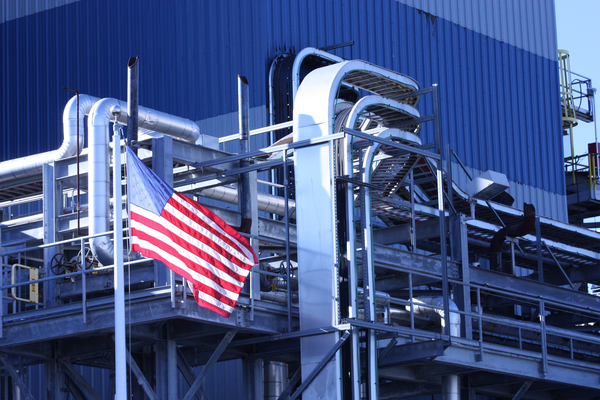Why 2024 could be the year we finally get ahead of supply chain disruption
Sponsored by KinaxisAs ongoing disruption and increasing complexity strain global supply chains, companies are turning to supply chain orchestration to drive business success.

In the modern global commerce landscape, supply chain complexity and disruption are presenting sizeable challenges for businesses across all industries and borders. The intricate web of interconnected processes, diverse stakeholders, and unpredictable variables have elevated the importance of effective supply chain management.
Amid a myriad of challenges, CSCOs are under pressure to deliver top- and bottom-line financial results and be stewards of regulatory and environmental compliance—all while keeping up with rapid technology advancements, increasing consumer expectations, and disruptions of all shapes and sizes.
It’s time to leave old techniques behind
Through the chaos that has been the norm through the past three years, one thing is clear. The tools, processes and techniques that worked well for the past three decades won’t survive the next five. Cascaded planning, outdated processes, and reliance on spreadsheets are no match for today’s volatility and uncertainty. The traditional ways of doing things lead to silos, lack of transparency, latency and mistrust, which hinder the ability to get the right products into the hands of the right people at the right time.
Thriving, not just surviving, through the shockwaves and everyday changes that impact supply chains calls for companies to reimagine supply chain management. Today, it is possible for supply chain planning and execution (two critical functions that were treated separately) to be synchronized, instead of cascaded data and decisions.
A new year calls for a new approach
Modern challenges demand hyper-agile advanced supply chain management techniques—the end-to-end “orchestration” of people, physical, digital, and financial assets to meet customer expectations and corporate goals, while doing little harm to the planet.
Supply chain orchestration integrates planning and execution. It streamlines the process, reducing the chances of errors and misalignment. A continuous feedback loop gives practitioners across the network real-time insights into how the plan is performing, allowing for rapid adjustments and improvements, and ensuring that the plan is closely aligned with execution goals.
Agility delivers what customers want, when they want
Agility lies at the heart of supply chain orchestration, bringing about a fundamental shift in how organizations approach their operations. Companies can swiftly identify surges in demand, assess inventory levels, and initiate real-time communication with suppliers, manufacturers, and distribution partners to make data-driven decisions such as allocating additional resources, expediting production and rerouting shipments to ensure availability.
The real-time agility provided by closing the planning-to-execution gap has a ripple effect, positively impacting the entire supply chain and, ultimately, delivering a seamless experience to the end-customer.
Transparency and shared understanding drive results
Supply chain orchestration breaks down boundaries across people, functions, and nodes within the supply chain, fostering collaboration and creating a single source of truth. This transformation moves beyond just visibility to transparency and shared understanding, uniting teams around common goals and empowering stakeholders with actionable insights and data-driven decision-making capabilities that drive efficiency, sustainability, and resilience across the supply chain.
The role of AI in supply chain orchestration
Intelligence is another critical factor in supply chain orchestration, driving organizations towards higher levels of efficiency and decision-making prowess. Orchestration harnesses the power of AI to prioritize exceptions based on their impact to the business, so teams know which fires to fight. By automating the obvious, routine exceptions are automatically resolved within human-prescribed guardrails, while visual-based explanations show how and why an automated decision was reached so teams understand and trust them.
A new era in supply chain begins
As traditional supply chain management approaches fall short in the face of unprecedented challenges, supply chain orchestration emerges as the solution. By synchronizing every aspect of the supply chain and enhancing agility, transparency, intelligence, and trust, organizations can confidently navigate the complexities of supply chain management, meeting corporate goals while minimizing harm to the planet. In this new era, supply chain orchestration is the compass guiding businesses toward success in an ever-evolving landscape.
Will 2024 be the year you get ahead of supply chain disruption? Learn more about seamless end-to-end supply chain orchestration.

Business Reporter Team
Most Viewed
Winston House, 3rd Floor, Units 306-309, 2-4 Dollis Park, London, N3 1HF
23-29 Hendon Lane, London, N3 1RT
020 8349 4363
© 2025, Lyonsdown Limited. Business Reporter® is a registered trademark of Lyonsdown Ltd. VAT registration number: 830519543





